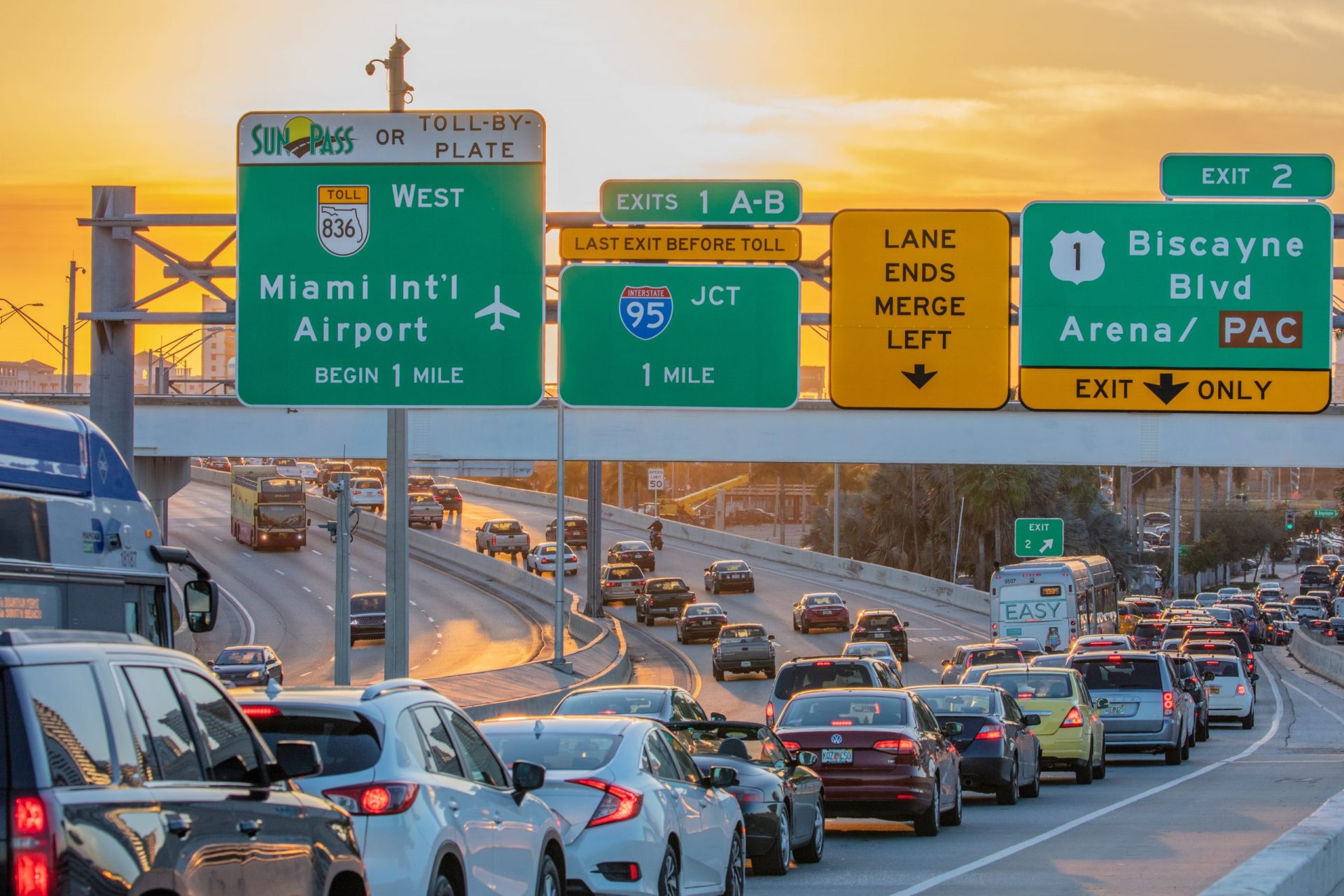Understanding the Difference Between PIP and BI Insurance Coverage
When it comes to safeguarding yourself on the road, having the right insurance coverage is crucial. In the unfortunate event of an accident, understanding the nuances between Personal Injury Protection (PIP) and Bodily Injury (BI) insurance can make a significant difference in your ability to recover damages. In this article, we’ll explore the distinctions between PIP and BI coverage and why they matter in the realm of personal injury law.
Personal Injury Protection (PIP):
Personal Injury Protection, commonly known as PIP, is a type of insurance coverage designed to provide immediate medical and wage loss benefits to policyholders, regardless of who is at fault in an accident. PIP typically covers medical expenses, rehabilitation costs, lost wages, and other related expenses resulting from an accident.
Key features of PIP include:
1. No-Fault Coverage: PIP is often referred to as “no-fault” coverage, as it pays out benefits regardless of who caused the accident. This means that even if you were responsible for the collision, you can still claim PIP benefits.
2. Immediate Benefits: PIP provides prompt financial assistance to cover medical bills and lost wages, ensuring that you can access necessary care without delay.
3. Coverage Extent: PIP coverage varies by state, with some requiring it as a mandatory component of auto insurance policies. The extent of coverage may include medical expenses, rehabilitation, funeral costs, and lost wages.
Bodily Injury (BI) Insurance:
While PIP covers the policyholder’s immediate expenses, Bodily Injury (BI) insurance serves a different purpose. BI coverage steps in when you are found at fault in an accident and someone else is injured. It provides protection for the other party’s medical expenses, lost wages, and pain and suffering.
Key features of BI coverage include:
1. Liability Coverage: BI coverage is a form of liability insurance, meaning it protects the insured (the at-fault party) from financial responsibility for the injuries sustained by others in an accident.
2. Policy Limits: BI coverage has policy limits that define the maximum amount the insurance company will pay for injuries per person and per accident. It’s important to choose coverage limits that adequately protect your assets.
3. Legal Defense: In addition to covering the injured party’s expenses, BI insurance often includes coverage for legal defense costs in case the injured party decides to sue.
The Interplay Between PIP and BI:
Understanding the interplay between PIP and BI coverage is crucial in the aftermath of an accident. In no-fault states like Florida, PIP coverage is mandatory, and it serves as the primary source of compensation for your own injuries, regardless of fault. However, in states without no-fault laws, BI coverage becomes more critical, as it provides protection for both your own injuries and those of others when you are at fault.
In the complex landscape of insurance coverage, navigating the differences between PIP and BI is essential for ensuring comprehensive protection on the road. Whether you’re dealing with immediate medical expenses through PIP or addressing liability concerns with BI coverage, a clear understanding of these insurance types empowers you to make informed decisions in the aftermath of an accident. If you find yourself in need of legal guidance after an injury, consulting with a personal injury attorney can help you navigate the complexities of insurance claims and pursue the compensation you deserve.













